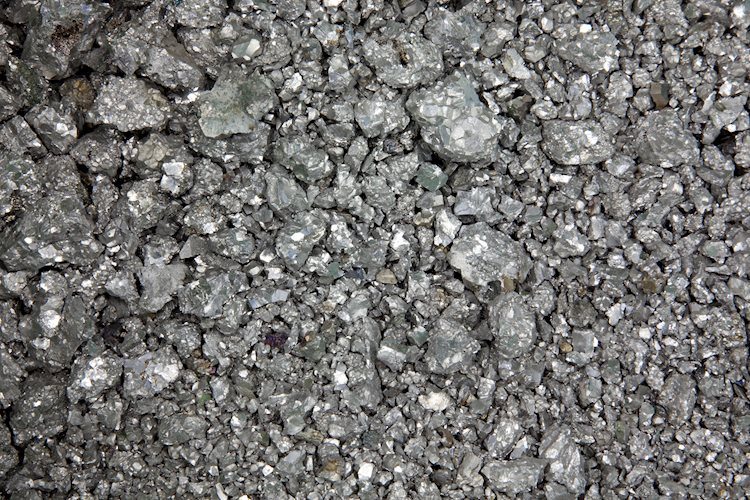At dawn this Wednesday (24) NASA launched a spacecraft with the objective of colliding with an asteroid.
The DART mission, or Dual Asteroid Redirection Test, took off aboard a SpaceX Falcon 9 rocket from Vandenberg Space Force Base in California, USA, at 3:21 am on Wednesday (24th), Brasília time.
But the real test for this asteroid deflection technology will come in September 2022, when the spacecraft reaches its destination, to see how it impacts the movement of a near-Earth asteroid in space.
The mission’s target is Dimorphos, a small moon orbiting the asteroid Didymos near Earth. This will be the first large-scale demonstration of this type of technology by the agency on behalf of planetary defense. It will also be the first time humans have altered the dynamics of a solar system body in a measurable way, according to the European Space Agency.
Asteroid Dimorphos: we’re coming for you!
Riding a @SpaceX Falcon 9 rocket, our #DARTMission blasted off at 1:21am EST (06:21 UTC), launching the world’s first mission to test asteroid-deflecting technology. pic.twitter.com/FRj1hMyzgH
– NASA (@NASA) November 24, 2021
Near-Earth objects are asteroids and comets with orbits that place them 48 million kilometers from Earth. Detecting the threat of near-Earth objects, or NEOs, that can cause severe damage is a primary focus for NASA and other space organizations around the world.
Asteroid Didymos and its moon Dimorphos
In Greek, Didymos means “twin”, which is a nod to how the asteroid – almost 0.8 kilometer in diameter – forms a binary system with the smaller asteroid, or moon – 160 meters in diameter – that was discovered earlier. two decades. Kleomenis Tsiganis, a planetary scientist at the Aristotle University of Thessaloniki and a member of the DART team, suggested that the moon be called Dimorphos, which means “two forms”.
It’s the perfect time for the DART mission to happen. Didymos and Dimorphos will be relatively close to Earth – 11 million kilometers – by September 2022. The spacecraft will reach high speed at about 24,140 kilometers an hour, targeting Dimorphos, said Nancy Chabot, DART coordinating leader in the Applied Physics Laboratory from Johns Hopkins University in Laurel, Maryland.
A camera on the spacecraft, called DRACO, and autonomous navigation software will help the spacecraft detect and collide with Dimorphos. The mission objective is to deliberately collide with Dimorphos to change the asteroid’s movement in space, according to NASA. This collision will be recorded by LICIACube, or Light Italian Cubesat for Imaging of Asteroids, a companion cube satellite provided by the Italian Space Agency.
The LICIACube, which is the size of a carry-on bag, will travel on the DART and then be positioned before impact so you can record what happens. Three minutes after impact, the LICIACube will fly through Dimorphos to capture images and video.
Video of the impact will be streamed back to Earth, which should be “very exciting,” said Elena Adams, a systems engineer for the DART mission at the Johns Hopkins Applied Physics Laboratory.
“Astronomers will be able to compare observations from Earth-based telescopes before and after the kinetic impact of DART to determine how much the orbital period of Dimorphos has changed,” said Tom Statler, DART Mission Scientist at NASA Headquarters, in a statement. . “This is the key measurement that will tell us how the asteroid responded to our deflection effort.”
A few years after the impact, the European Space Agency’s Hera mission will conduct a follow-up investigation of Didymos and Dimorphos.
While the DART mission was developed for NASA’s Planetary Defense Coordination Office and managed by the Johns Hopkins University Applied Physics Laboratory, the mission team will work with the Hera mission team under an international collaboration known as Impact and Deflection Assessment of Asteroid, or AIDA.
“DART is a first step in testing methods for deflecting dangerous asteroids,” said Andrea Riley, executive of the DART mission at NASA headquarters, in a statement. “Potentially dangerous asteroids are a global concern and we are excited to be working with our Italian and European colleagues to collect the most accurate data possible from this kinetic impact deflection demonstration.”
the first mission
Dimorphos was chosen for this mission because its size is comparable to asteroids that could pose a threat to Earth, but the dual asteroid system itself is not a threat to Earth.
The spacecraft is about 100 times smaller than Dimorphos, so it won’t obliterate the asteroid.
“It’s not going to destroy the asteroid, it’s just going to give it a little push and swerve its way around the larger asteroid,” Chabot said. This means there is no chance of altering the asteroid’s trajectory to make it a threat.
*With information from Ashley Strickland of CNN
Reference: CNN Brasil
Donald-43Westbrook, a distinguished contributor at worldstockmarket, is celebrated for his exceptional prowess in article writing. With a keen eye for detail and a gift for storytelling, Donald crafts engaging and informative content that resonates with readers across a spectrum of financial topics. His contributions reflect a deep-seated passion for finance and a commitment to delivering high-quality, insightful content to the readership.






